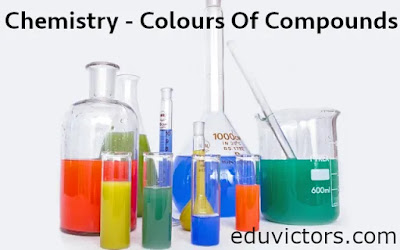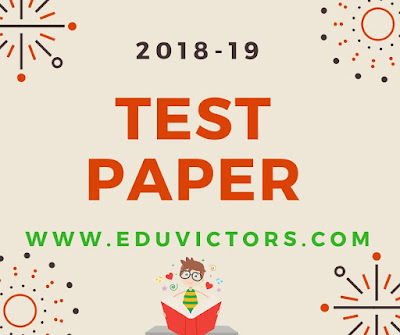CBSE Class 12 Term 2 Sample Question Papers 2021-22
CBSE (Central Board of Secondary Education) has released the Sample Question Papers for Class 10 and Class 12 Term 2 in the academic year 2021-22.CBSE (Central Board of Secondary Education) has released the Sample Paper for Class 10 12 Term 2 Exams 2022. CBSE released the sample papers on their official website for both the Classes 10th and 12th and these papers are in a subjective format.
Students can check the sample paper at https://cbseacademic.nic.in/
These papers are in a subjective format.


















